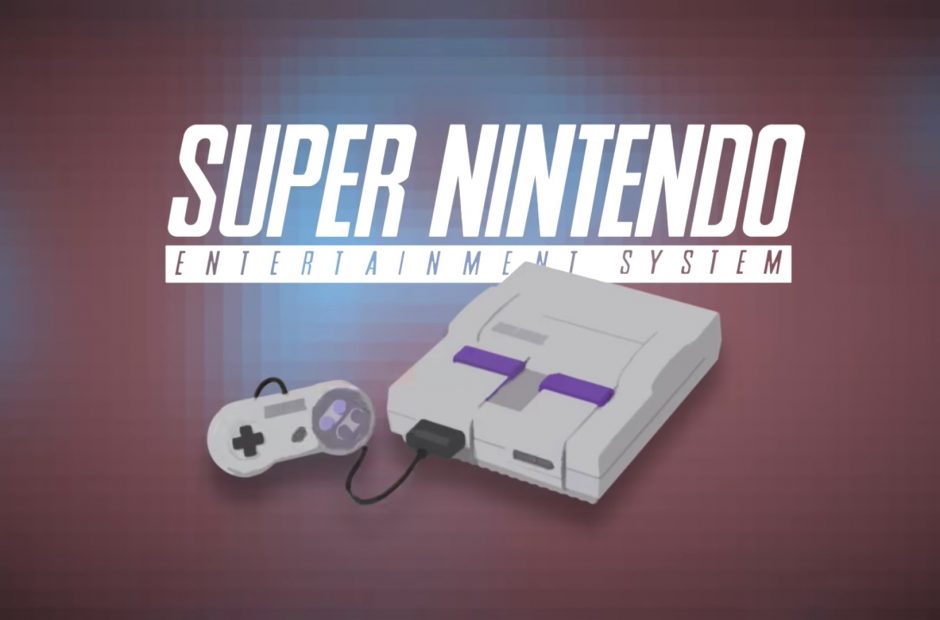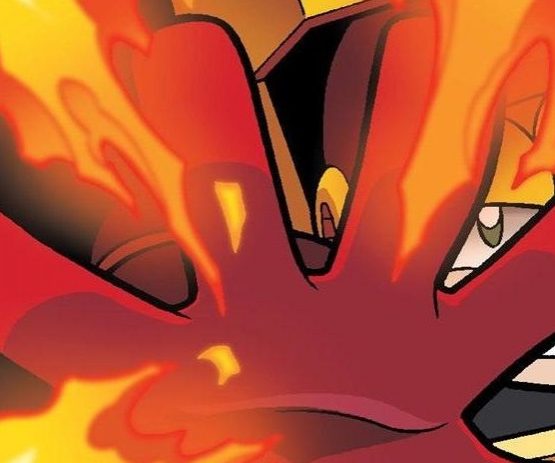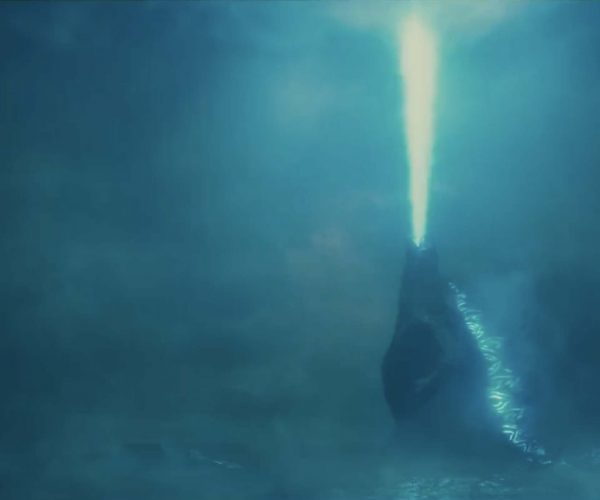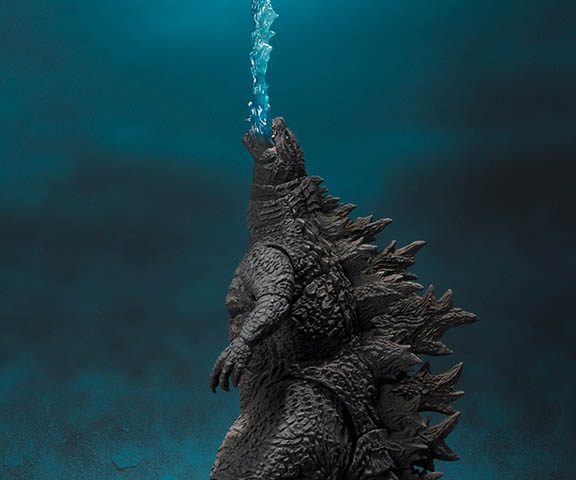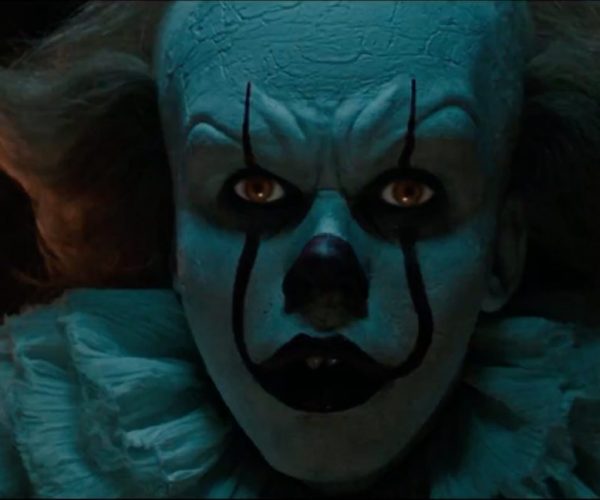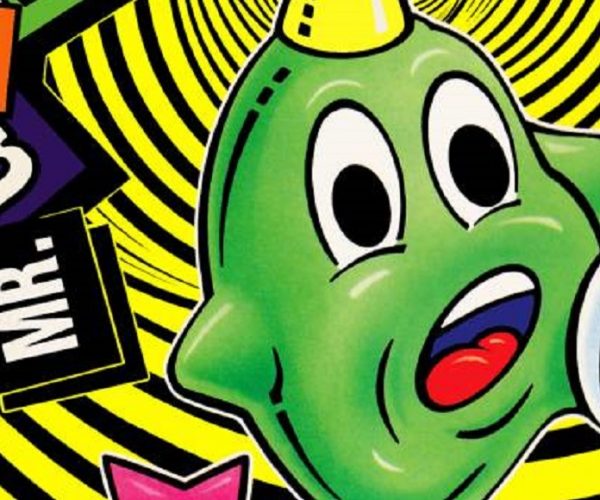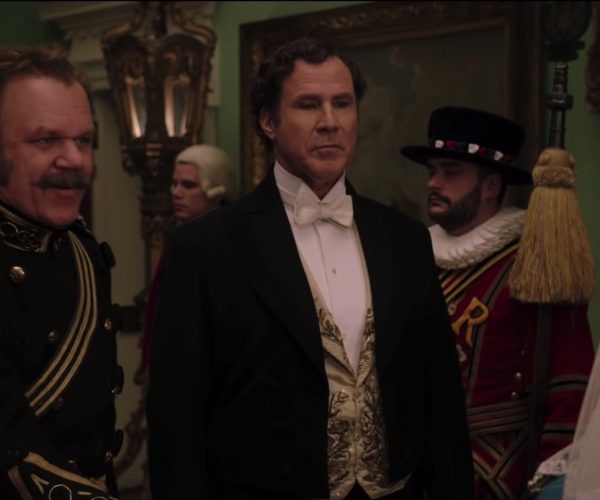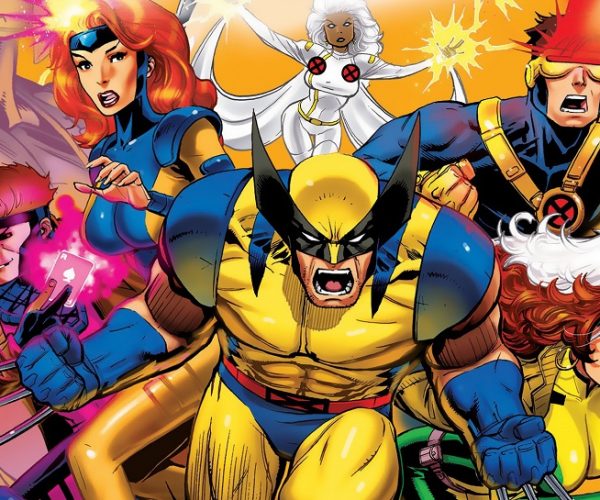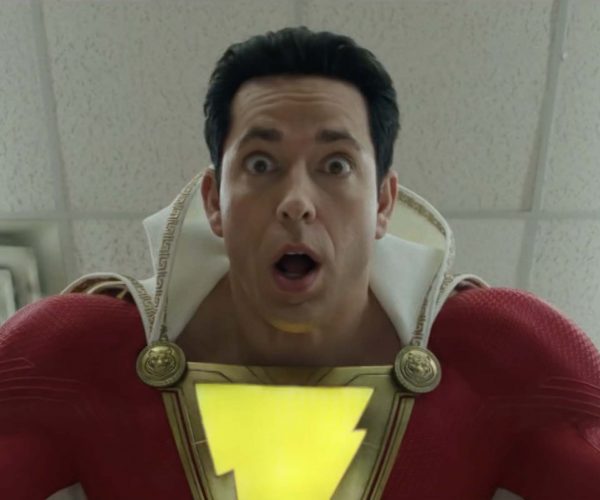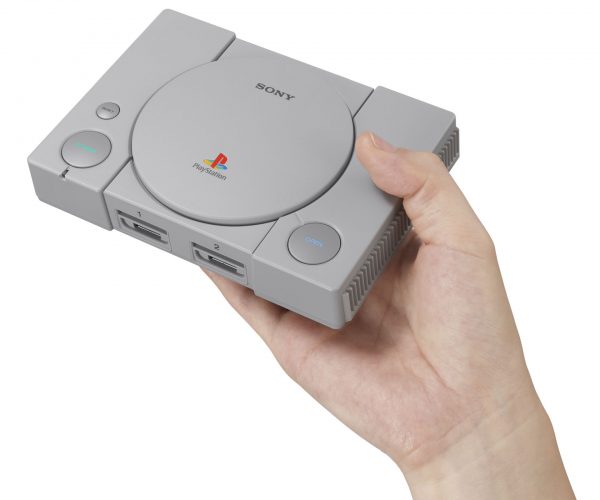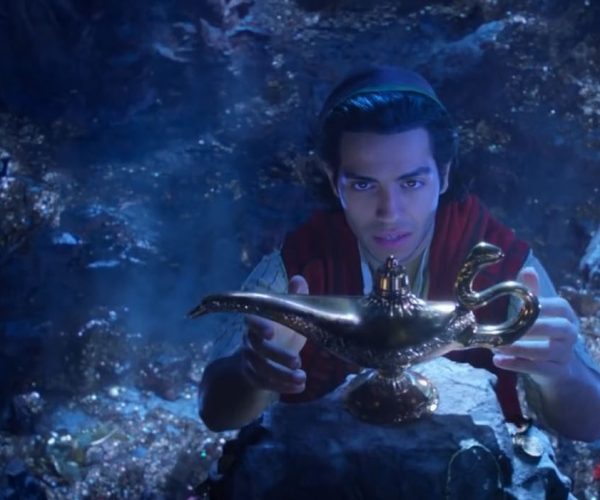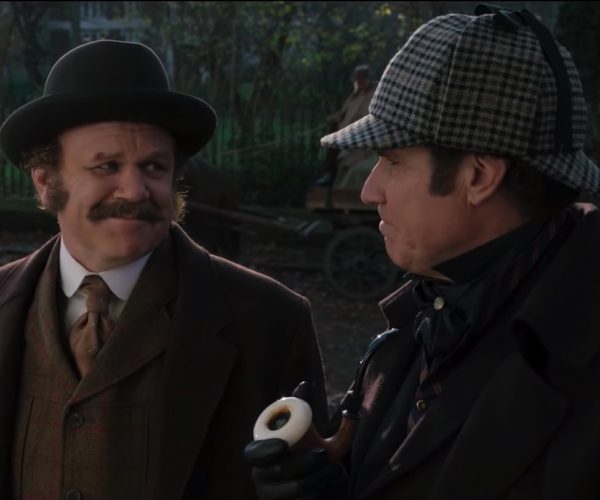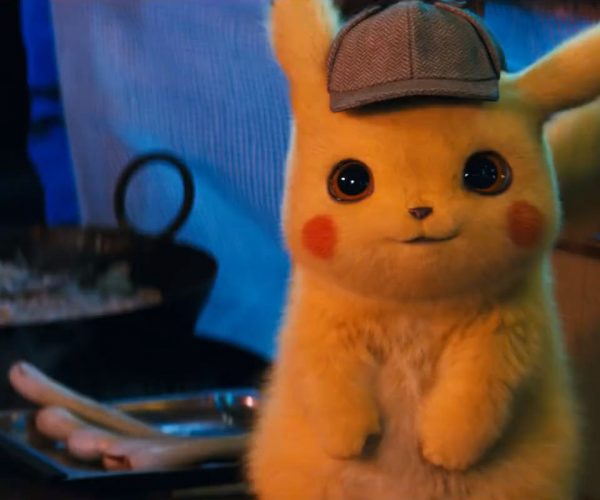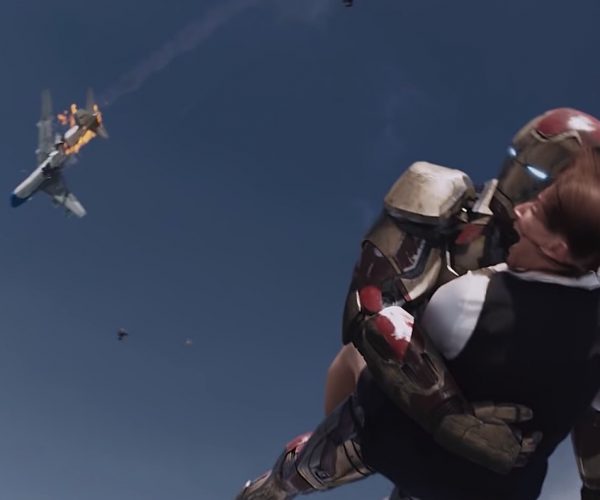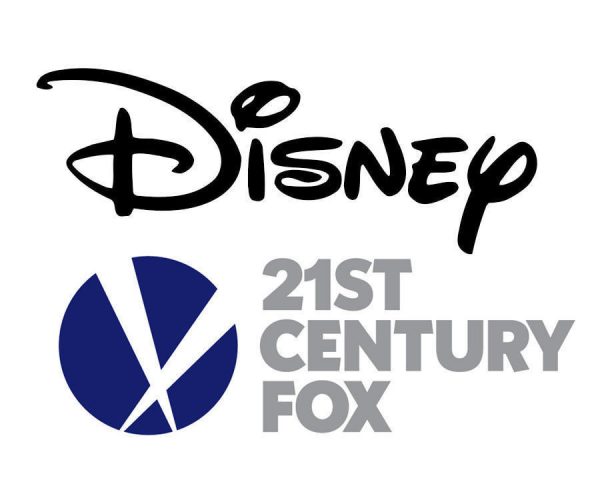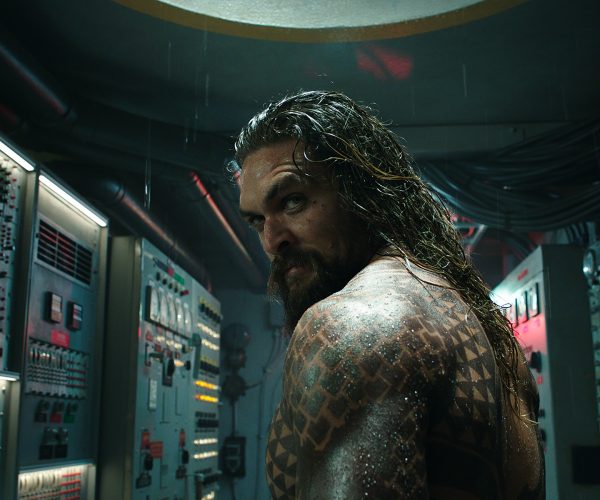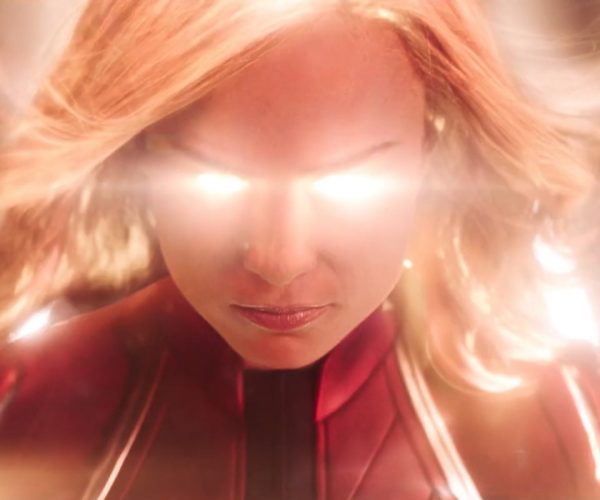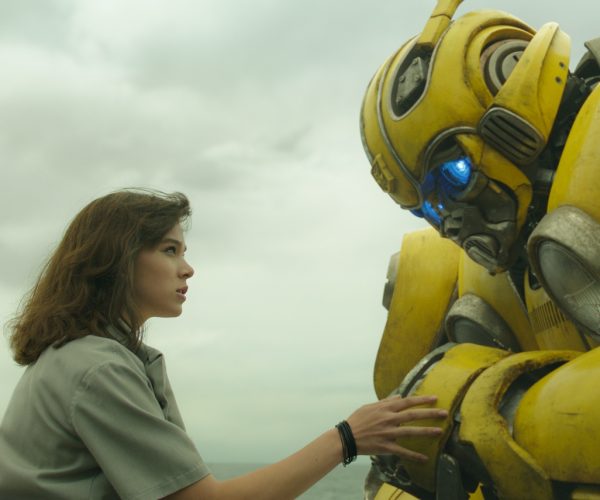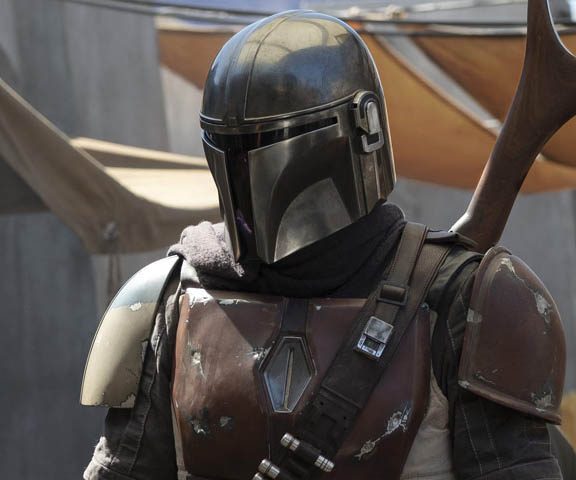Nintendo has been operating this whole “home console” scheme for 35 years now. Ever since the Famicom found its way into the homes of millions of Japanese children, the company has been synonymous with video gaming, and to this very day, the success of the Nintendo Switch shows that you can never count the company down and out.
Nintendo has a strong, proven track record of overcoming its mistakes, but some of the missteps it makes are bigger than others. With each console it has released, even its most successful and nigh flawless ones, Nintendo has had a blemish here and there.
Here is what we see as each of Nintendo consoles’ Achilles’ Heel, the minute weaknesses that held them back from true perfection or totally derailed them from anything resembling success.
CARTRIDGE SHORTAGES LEAD TO A LIFETIME OF CONSPIRACIES
One of the hardest consoles to find a “mistake” on, the NES was an absolute flawless machine. Nintendo nailed it with this console, delivering the exact device that the public needed at the right time with the right games, the right technology, the right marketing, the right everything.
Perhaps, it was a little too successful for its own good. In the Christmas season of 1988, the heart of Nintendomania, shoppers around the United States had two things on their minds: Super Mario Bros. 2 and Zelda II: The Adventure of Link. Disgruntled parents arrived at their local RadioShack or Toys”R’ Us only to find that the two games were nowhere to be found. A shortage of cartridges that year lead to tears on Christmas morning and, in the longer term, a constant lingering conspiracy that still hasn’t settled down to this very day.
Is Nintendo doing this on purpose?
The recent struggles to find an NES Classic and SNES Classic fired up the old speculation that Nintendo is either very bad at anticipating the success of its products… or the company purposely releases its products in limited supply to drive up demand and market value. Neither is an image Nintendo wants to have, and it all stems from an early misstep in its fabled success 30 years ago.
The holiday season of 1988 casts a shadow Nintendo desperately wants to escape from and yet always seems to trip on itself as it tries.
Runner up: Another mistake for the NES? Not many. Nintendo’s draconian policy of limiting the number of games Japanese publishers could localize for the North American market each year looks bad in retrospect. Sure, it kept a lot of the Famicom’s worst garbage from reaching our shores, ensuring that parents who went blind buying for their kids had a better shot of buying good games, but at the same time, we missed out on way too many quality titles that could have been considered classics had they been given the same shot as Contra or Mega Man.
Games like Mr. Gimmick, Moon Crystal, and Wings of Madoola. Too many to list, too tragic to recollect.
GENERATIONAL SHIFTS CONFUSE AND ANNOY PARENTS
As the greatest system of all time (don’t even try to argue against it), the Super Nintendo was “super flawless” if we are to compare it to the success of the NES. Everything the NES did, the Super Nintendo did better. All of the success that the NES found, the Super Nintendo found more. All of the rival companies the NES trounced over, the Super Nintendo trounced them into dust! All of the games the NES made, the Super Nintendo made them better.
If ever there was a “perfect” video game console, you have it right here. The problem was that you just had to convince your parents of this fact of life.
We get it, though. In 1991, the gaming industry hadn’t yet experienced what we see as a “generation shift.” Up until that point, ColecoVision sort of improved on the Atari 2600, and a crash in the video game industry in the early 1980’s pretty much gave the NES a clean slate to work on. The idea of buying a new video game console that was better than your old one hadn’t yet become commonplace.
Nowadays, to us, it’s common sense, but to parents in the early 90s, Nintendo had to struggle with marketing the idea of selling a whole new machine!
1991 wasn’t all that deep into the NES’ lifespan, either. The thing exploded to early success in the mid 80’s, but it also slow-burned its way to further sales deep into 1994. Some parents had only just bought their kids an NES and a handful of games in 1990, and now, these parents had an entirely new console their kids were asking them for!
And this new console didn’t even play the games they just bought?!
Backwards compatibility wasn’t really a thing until the PlayStation 2 came around, and there is nothing worse than hearing that a $200 purchase you just made is already outdated.
We don’t blame Nintendo since it was navigating new waters by putting a second console on the market, but it could have gone a bit smoother… or could it have? Super Mario World came into the world, sold 17 million copies, and pushed rival SEGA back into a distant second place.
On second thought… it really wasn’t all that bad.
Runner-up: …umm… I guess, from a personal standpoint, Nintendo didn’t market the Super Nintendo’s greatest genre enough. All those brilliant 16-bit RPGs we love nowadays, Chrono Trigger, Lufia, Breath of Fire, and even Final Fantasy to some extent, were not gargantuan hits in those days.
The lack of success PGs saw on the market pushed Enix to abandon the Dragon Quest series in North America, the greatest of the genre’s losses from those days. Square also opted to neglect a few titles, and while we still got a good many of the masterpieces of that era… we missed out on a few as well.
Had Nintendo realized the potential of the treasures it was sitting on, we might have gotten a few more timeless wonders out of the console. Instead, we ended the console with Square upset with Nintendo, some of its best games left untranslated, and Sony taking the credit for popularizing the RPG genre in North America instead, all because some marketing people thought dumb Americans couldn’t appreciate games were you had to read.
Ugh…
CARTRIDGES? IN 1996?!
Now we’re getting somewhere! This one is a bit easier to pinpoint since it marks the first time Nintendo actually made a genuine mistake. And you make no mistake, I like the Nintendo 64, but man oh man, I never owned one. Like a good many people in 1996, I saw the games that my friends and cousins were playing on the Nintendo 64, and then saw the games other friends were playing on the PlayStation.
The choice was clear, I wanted to game on a PlayStation with that CD technology!
And I wasn’t the only one. All of the third-party publishers wanted to as well. Capcom, Square, Konami, all of the names I grew up with were flocking to the new and exciting console Sony published, leaving Mario behind in the dust.
The games weren’t the only decision point as well. Each time a new Nintendo 64 game reached the shelves, I saw a $59.99 or even a $69.99 price tag on it. That was the entry fee for new games in those days, and on the Nintendo 64, you had a good chance of buying something terrible, like Mortal Kombat Mythologies. Eww…
On the flip side, the price of CD technology had dropped dramatically since the days of the SEGA CD, and Sony began publishing interesting games for the low price of just $39.99. Weird games, interesting games, and most importantly, inspiring games! Parappa the Rapper… I can’t think of a better example that exemplifies the mood of the era. Something charming, original, risky, and CHEAP!
And let’s not forget Square, who ditched Nintendo for the chance to develop Final Fantasy VII on the PlayStation. That sealed the deal for many gamers, and when Nintendo looked to retake the show in 1998 with The Legend of Zelda: Ocarina of Time, Sony countered brilliantly with Metal Gear Solid. Fans can argue until they are blue in the face over which game proved bigger in the long run, but there is no denying that Metal Gear Solid was cheaper.
The decision to abandon CD technology pushed Nintendo into second place, an early mistake and its biggest mistake, one with lasting consequences. The Nintendo 64 was a good console that just couldn’t adapt to the times.
Runner-up: With a mistake that big, it’s hard to find anything that comes close. Some would say the lack of Metroid on the Nintendo 64 hurt it, but I disagree, thinking it made Metroid Prime all the more appealing when it came to the GameCube.
Beyond that… the controller design, maybe? I didn’t even realize it, but I held the controller incorrectly for nearly a decade until someone pointed it out to me.
THAT’S LIKE A BABY’S TOY!
Nintendo’s most underappreciated console, the GameCube, is a lovely little device that would have been bigger had it been released a few years earlier. A lineup of strong exclusives, a powerful bit of machinery on the inside, and the most comfortable controller of all time couldn’t offset the changes that had occurred in the video game world on Sony’s watch.
Video gamers grew up, and the GameCube was a toy for children.
Nintendo had a great console on its hands, but I can’t remember how many times in those days I read on forums complaining about how “kiddy” Nintendo was. This was an image that Nintendo carried heavily on its shoulders throughout those years, unable to keep up with those “mature” shooters and RPGs on the PlayStation 2 and Xbox
Most who made these arguments were angry teens looking to distance themselves from their childhood, but they had the money, they had the power, and they had an Internet connection to berate Nintendo for daring to still make Super Mario games in 2002. Nintendo just couldn’t reach them in the ways that they did several years and several hormonal changes earlier.
“Where’s the deep story?” or “That’s not realistic!” they cried.
In retrospect, yeah, all those assumptions were wrong. Super Mario Sunshine and the series in general is still excellent no matter your age, The Legend of Zelda: The Wind Waker proved to be one of the series’ most popular games because of its “kiddy” graphics, and Metroid Prime shows Nintendo knew how to adapt to a market plagued with selective blindness. The GameCube gave to us two of the generation’s most notable horror games: Eternal Darkness, Sanity’s Requiem and Resident Evil 4, the goriest and most influential shooter of its era.
However, Nintendo’s marketing did very little to combat the image it had accrued for itself. I mean, they made their console purple, put a handle on the back of it, and told gamers to carry it around like a toy.
Come on, Nintendo. I realize we were angry teens at the time, but you could be a little patronizing than that! At least they created a black console at some point, but they didn’t take off the handle.
Runner-up: I can best sum this one up an a single image:

Ugh, yeah. Nintendo had the right idea here but the wrong execution. I’ve played both Four Sword Adventures and Final Fantasy: Crystal Chronicles using this setup, and it’s nothing short of an amazing time. However, finding friends with the cables and the GBAs proved to be too tough, and even worse, Nintendo abandoned the idea long before stubbornly trying to make it better. Up until that point, if Nintendo had made a mistake, it usually pushed that mistake to the point of making something grand before going down in flames.
Not here. One dud later, GBA connectivity remains a joke without the redeeming Nintendo asterisk attached to it.
….WOO BOY
Here’s a tough one. As Nintendo’s most successful console, it’s hard to point out what went wrong in terms of a business model. The Nintendo Switch was an overnight sensation that ruptured on the home market, pushed Nintendo’s stock through the roof, and sent it skyrocketing back into first place, a position it had not enjoyed since the Super Nintendo.
But by doing that, many of its old fans felt like they were looking from the outside in. I remember those days. I bought a Wii when it came out as a bright eyed college student, and went back to my dorm to play Twilight Princess, Wii Sports, and Red Steel. Yeah… Red Steel. Remember that one?
Twilight Princess was a slow bore that I still can’t force myself to play beyond the four hour mark, Wii Sports kept be entertained for a total of five minutes, Red Steel was awful. Three strikes, right off the bat.
In the meantime, I had friends playing Gears of War on their shiny new Xbox 360 consoles, which was excellent! Microsoft’s console was a powerhouse, and even without the aid of an HD television, something like Dead Rising looked out of this world. Then, Microsoft promised me Mass Effect, and that was it. I had to stop lying to myself that I would rather be playing Elebits than soaring through the galaxy with Commander Shepard
Like in the PlayStation days of old, I ditched my Nintendo console and went flocking to follow the trends.
And while the Wii found plenty of overnight success, this success was much more short-lived than its rival consoles. The Xbox 360 and PlayStation 3 chugged at a slower pace but ultimately found greater heights with the aid of quality third-party developers. In the meantime, Nintendo had a crisis with finding games to market. Shovelware flooded the GameStop shelves, motion gaming turned out to not be as promising as Nintendo made it out to be, software sales plummeted, beloved companies like Capcom rushed to the exit once again, and not even two quality Mario games made purchasing the console feel like a good decision.
The lasting gifts of the Xbox 360, be it HD graphics, online gaming, leaderboards, digital purchases, and the AAA revolution, all had a much longer lasting impact than anything the Wii gave us.
But yeah… 100 million consoles. What do I know?
Runner-up:
HAVEN’T WE DONE THIS BEFORE?
Nintendo might make some mistakes here and there, but rarely does it repeat them. However, this was the problem which ultimately killed the Wii U. Not the lack of third-party support, not the out-of-touch controller, not the success of its competitors.
This one is wholly on the marketing team, which utterly failed to separate the Wii U from its predecessor. I mean, they even used the same name! Something about “All of us who love the Wii, and now… ‘U.'” Come on!
From the reveal onwards, countless people couldn’t distinguish the difference between the Wii and the Wii U. Even experienced, veteran gamers who watched the reveal wondered if it was a new console or just an expansion to the original Wii. Nintendo didn’t even show off the console during the initial reveal! They believed the controller and its capabilities were enough to make a sale.
Wrong.
Parents and gamers alike flooded the stores just like in the days of the Super Nintendo: dazed and confused. What this something entirely new? Could it play my old Wii games? Will I need a Wii to play it? This confusion led to poor sales, which in turn, led to third-party companies once again fleeing from the console, all but ensuring its defeat. A few nice Nintendo games couldn’t offset the damages, giving Nintendo a very hard lesson a second time.
When you’re releasing a new console, make sure to separate it from the previous one. Don’t assume your customers will know they difference because many of them won’t. Nintendo tried to ride the success of its previous console just a little too long and an entire generation of games paid for that mistake.
Runner-up: There’s nothing that compares. If something comes close though, it would be Nintendo’s failure to adapt to the growing world of online streaming and Twitch. During this console’s lifetime, the company did a bang-up job of galvanizing the community that built up around its popular game, Super Mario Maker, coming in like a wrecking ball and destroying all the fun its fans were having.
Nothing has happened like that since, so hopefully Nintendo has learned the benefits of an organically created fanbase.
However, in general, the Wii U itself was just one big mistake wrapped up in and of itself. Nice games, poor marketing. Nintendo’s heart was in the right place, and from these mistakes, it re-emerged with a better system.
SMOOTH SAILING SO FAR, BUT THAT VIRTUAL CONSOLE ELEPHANT IS HUGE
The Nintendo Switch has been a glorious success for Nintendo, and it’s currently the only modern console in my possession. With the Nintendo Switch, the company has brought together all that it does best into a single, affordable machine. It can play home console games, portable games, and classic games. It appeals to Nintendo’s core audience and mainsteam gamers alike. It’s well made, doesn’t break, feels good in your hand, and slides into a television with ease.
And if the Switch addresses everything Nintendo does well, it also addresses everything it doesn’t do well. Third-party AAA developers? Who cares? Big budget games are on a downward spiral, and the Switch has become the prime platform to play the booming indie market on. Multiplayer games are all the rage these days, and hits like Fortnite are actively trying to push their way onto Switch, a flip from the Wii U days where Nintendo always seemed like it was begging.
With its competitors playing with fire and struggling to maintain a business model under the weight of huge budgets, for the first time in forever, it feels like Nintendo is ahead of the curve instead of reacting to it.
The sole problem I can find is that it doesn’t address that people want to play the games from that last time it was ahead of the curve. Nintendo Switch Online’s NES app feels more like a temporary fix or a testing grounds for a subscription service, but it’s also one I have no intention to trying until it starts to deliver bigger, better games. Super Nintendo games, third-party games, all of the classic masterpieces from the era Nintendo is best remembered for, not just a few.
From the moment I saw it, the Nintendo Switch looked like the ultimate gaming machine, one catered exactly to the needs I have in my life right now. A handheld device that could play all of the modern, indie, and classic hits wherever I go. And while some are out there bringing classics to the console through emulation or compilations, Nintendo has been slow to throw its full support behind its legacy titles.
I know it will happen eventually and that Nintendo has bigger fish to fry than worrying about a console that is nearly three decades old. However, It would be a shame if the Switch came up short of perfection because I couldn’t play Link to the Past or a quality port of Chrono Trigger on it.
Runner-up: There hasn’t been enough time for Nintendo to really mess up yet, but… that Super Mario Odyssey ending though. Ugh!
